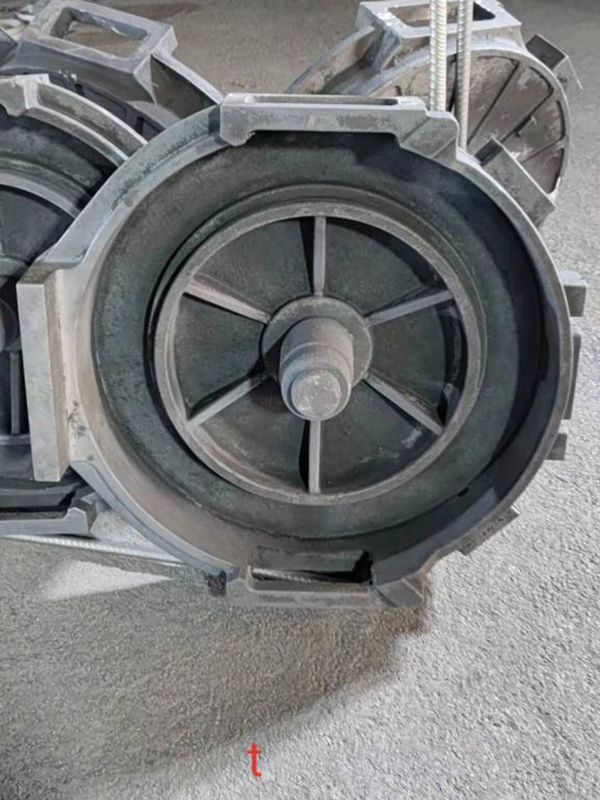Sand Casting Uses An Essential Technique in Modern Manufacturing
Sand casting is one of the oldest and most versatile manufacturing processes, widely used across various industries today. This method of casting involves forming a mold out of sand, which is then filled with molten metal to create a specific shape. The advantages of sand casting, including its flexibility, cost-effectiveness, and ability to produce complex geometries, make it a preferred choice for many applications. In this article, we will explore several key uses of sand casting in modern manufacturing.
1. Automotive Industry
One of the primary users of sand casting is the automotive industry. This sector requires a wide range of metal components with varying shapes and sizes, from small brackets to large engine blocks. Sand casting allows manufacturers to produce intricate designs that would be challenging to achieve with other methods. For instance, parts like cylinder heads, transmission cases, and axle housings are often produced using sand casting. The ability to cast complicated geometries reduces the need for multiple components, thus streamlining assembly and reducing overall production costs.
2. Aerospace Sector
The aerospace industry also takes advantage of sand casting due to the high precision and strength required in aircraft components. Airframes, landing gear, and engine parts often utilize sand-cast aluminum and titanium alloys. These materials provide the necessary strength-to-weight ratio, which is critical in aviation. Furthermore, sand casting allows for the customization of components to meet specific design needs while adhering to stringent safety regulations.
In the heavy machinery sector, sand casting is indispensable for producing large and robust parts that can withstand extreme conditions. Components such as pumps, valves, and housings are often sand cast from iron or steel. The ability to produce large castings with a high degree of precision is vital for the performance and durability of machinery. Sand casting's low-cost mold production is particularly beneficial when producing heavy and complex parts, making it a go-to method in this industry.
sand casting uses

4. Art and Sculpture
Beyond industrial applications, sand casting is also embraced in the realm of art and sculpture. Artists and sculptors utilize sand casting to create intricate and detailed metal sculptures. The sand casting process allows for the reproduction of delicate features while providing the artist with the flexibility to experiment with different materials and finishes. This creative application of sand casting not only showcases the artistic potential of the process but also demonstrates its adaptability beyond traditional manufacturing uses.
5. General Manufacturing
Sand casting is prevalent in general manufacturing for producing a wide variety of products, including household items, tools, and decorative pieces. Whether it is a beautifully designed door handle or a functional tool, the sand casting process can yield products with a high level of detail. Manufacturers often choose sand casting for its ability to accommodate both low and high production volumes, making it suitable for everything from unique, custom items to mass-produced goods.
6. Marine Applications
In the marine industry, sand casting is crucial for producing components that must endure harsh environmental conditions. Parts such as engine blocks, propellers, and housings made from corrosion-resistant alloys are commonly produced through sand casting. The durability and strength of sand-cast materials are essential for ensuring the safety and reliability of marine vessels.
Conclusion
Sand casting continues to be an essential technique in modern manufacturing due to its versatility and effectiveness across various industries. Whether it is the automotive or aerospace sector, heavy machinery, art, or general manufacturing, the contributions of sand casting are undeniable. As technology advances, the sand casting process is likely to evolve, incorporating new techniques and materials, further enhancing its usefulness in meeting the demands of contemporary manufacturing. This age-old method remains a vital part of our production landscape, showcasing the seamless blend of tradition and innovation in manufacturing practices.
Post time:ديسمبر . 12, 2024 10:36
Next:golden sanda
